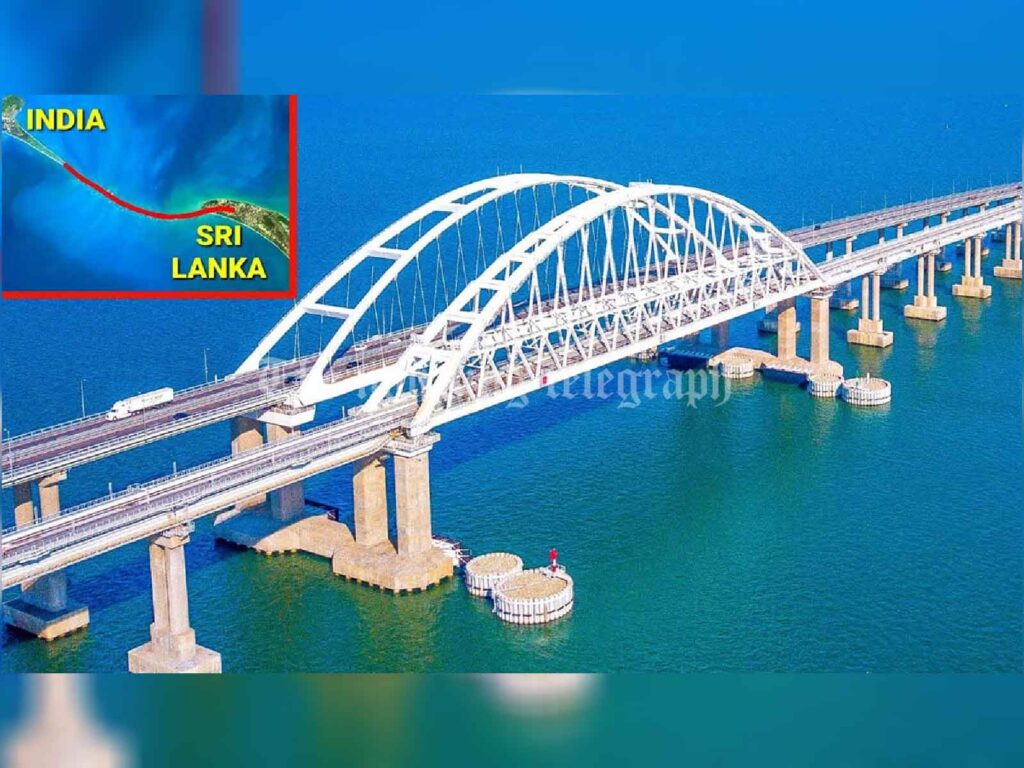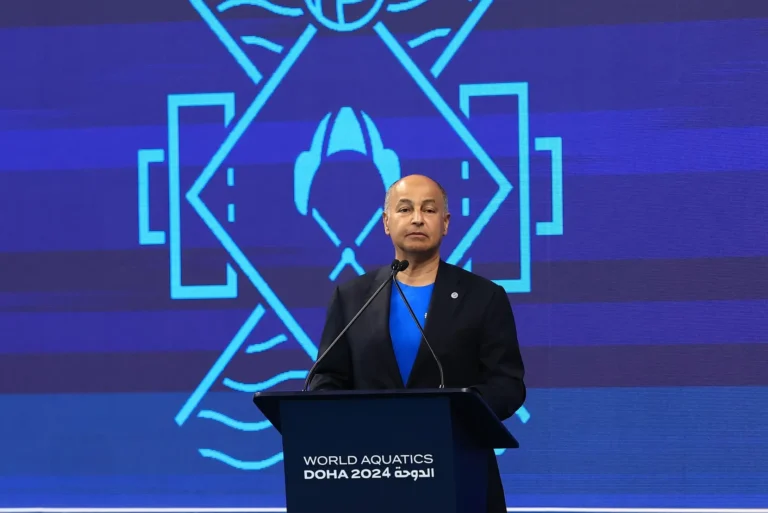
The $5 billion road and rail link project between Sri Lanka and India aims to establish a direct connection across the Palk Strait, which separates the two countries. It seeks to build a bridge and a railway line linking northern Sri Lanka with Tamil Nadu in southern India, creating a vital transportation corridor that could significantly enhance travel and trade in the region.
The link is strategically important for boosting regional connectivity, facilitating economic integration, and strengthening ties between India and Sri Lanka. It promises new economic opportunities by providing a faster and more cost-effective route for the movement of goods and passengers. In terms of infrastructure, the project involves constructing a bridge or causeway, along with a rail line, across the Palk Strait. While the exact design is still being finalized, preliminary plans suggest a combination of a sea bridge and a raised causeway.
Economic benefits include reduced transportation costs for goods and passengers, which would help integrate supply chains in sectors like textiles, agriculture, and automotive manufacturing. It also aims to encourage tourism by easing travel between popular destinations in both countries.
Environmental and social considerations are integral to the planning process, given the ecological sensitivity of the region and the presence of marine life in the Palk Strait. Assessing the project’s environmental impact is crucial, alongside addressing social concerns such as land acquisition and the impact on local communities.
The project carries significant diplomatic and strategic implications, reflecting the growing partnership between India and Sri Lanka. It aligns with India’s “Neighborhood First” policy, which seeks to improve connectivity and cooperation with neighboring countries, while also offering Sri Lanka an opportunity to advance its economic development and infrastructure.
Currently, both governments are finalizing the terms of the agreement, including financing, construction timelines, and regulatory approvals. Once these details are resolved, a formal announcement and groundbreaking ceremony are expected to follow. The project represents a major step towards enhancing regional integration in South Asia and could set a benchmark for future cross-border infrastructure initiatives in the region.




